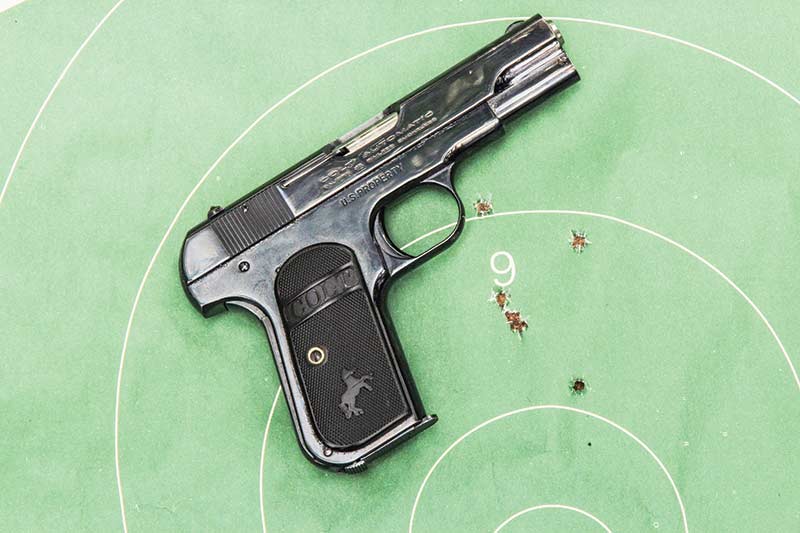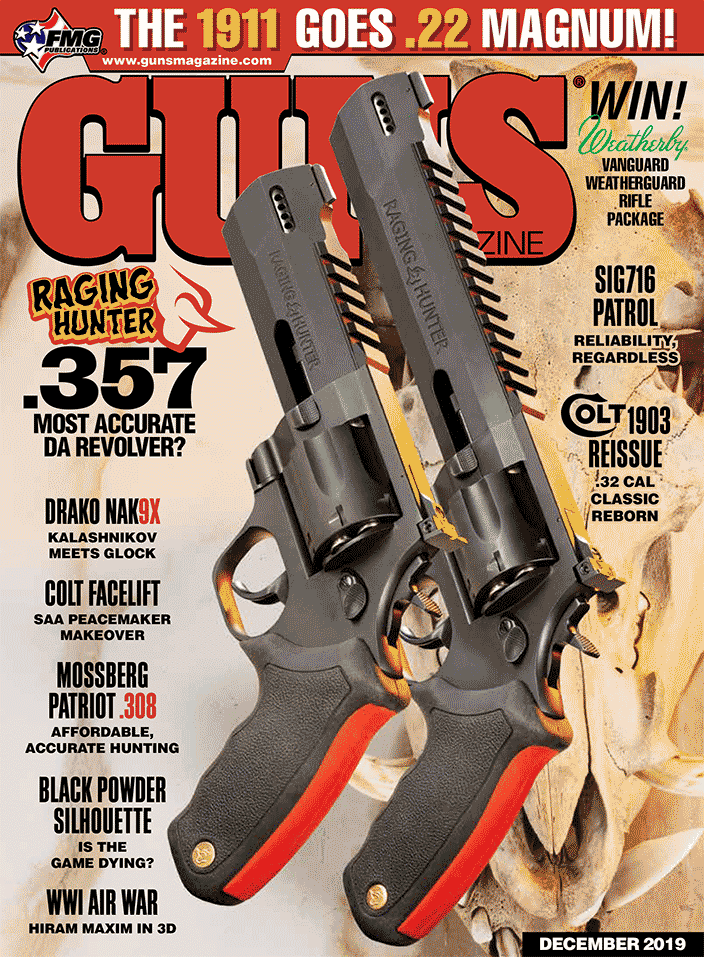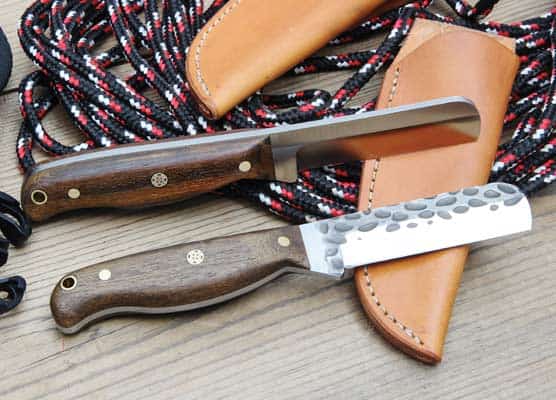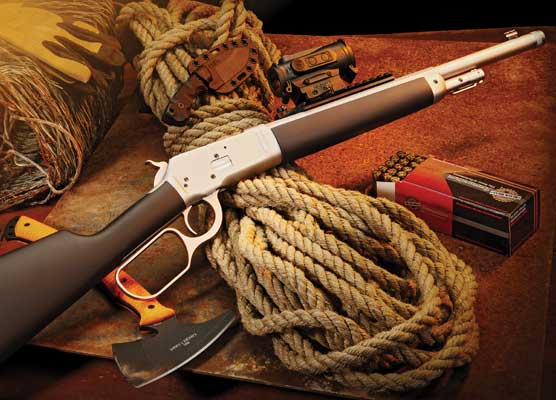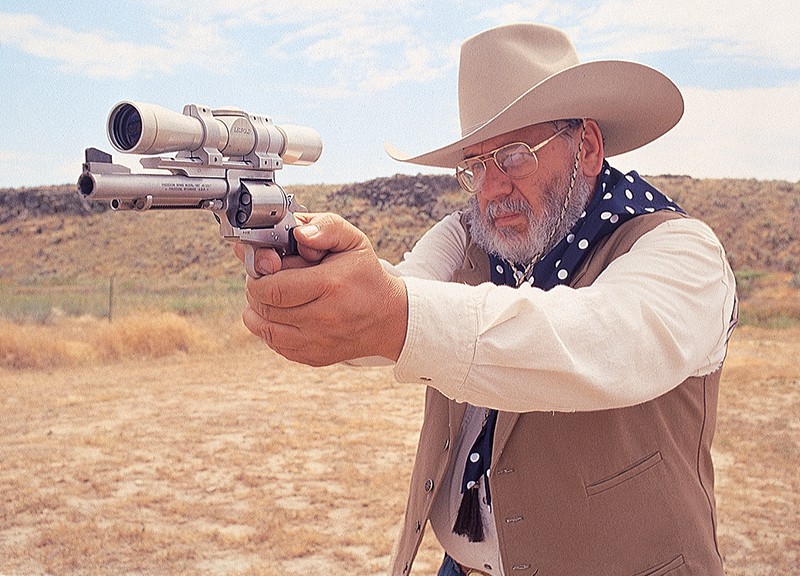Colt 1903 Pocket Hammerless Reissue
U.S. Armament tackles a classic
1903 — Henry Ford launched his motor company but the first models were still a few years away. Automobiles on the road were still a novelty if not a pestilence and the cognomen “horseless carriage” still fit. Horsepower via Horse was still the dominant means of private transport and would remain so until well into the next decade. The first transatlantic cable communication took place as did the first game of the World Series. The Wright Brothers patented their aircraft and in December, flew the first practical, maneuverable engine-driven airplane. Arizona and Oklahoma were still territories.
Colt Patent Firearms, in concert with John M. Browning, had been working to produce a practical self-loading service pistol and achieved a measure of success in the model of 1900. The Colt/Browning pistols were a radical departure from the auto loading pistols of the late 1890s and first years of the 20th Century, setting a pattern for handgun development for generations to come. The Colt Automatic Calibre 32 Rimless Smokeless emerged as a finished design from its patent date in 1903 and remained eminently popular with military, police and civilians for the next 40 years.
It served an official role as the Officer’s Pistol issued to American Generals and occupied military roles in Great Britain in the ’20s as a Lend-Lease Item in 1942. Due to its convenient size, a decent level of power in comparison with earlier hideout guns and a reliable design with a redundancy of safety features, it was very popular among American civilians. Celebrity owners included Mark Twain, Alphonse (Al) Capone and many others.
Back To The Future
In the 21st century, with a view toward commemorating the military leaders of the Greatest Generation, Colt Firearms in partnership with the United States Armament Company projected a limited run of 3,500 pistols with four finish variations including Parkerizing. For the General Officers commemorative, serial numbers matching those assigned to the Officers who carried them would be produced. Other options would be standard blue, nickel and bright blue. Prices ranged from mid-$1,300s to mid-$1,500s — by no means too expensive for routine shooting. By April 2019 a license for an additional 3,500 units came about and additional variations are in the works; more on this later.
Features And Function
My copy of the gun came from Able Arms in a plain cardboard box, Colt .32 number GOP1748 hand-inked in the corner per tradition. Contents included the bright blue pistol, two magazines and a facsimile of the original owner’s manual. The gun is 6.5″ long, has a 3.75″ barrel and weighs 24 oz. while the magazine holds eight rounds.
The trigger pull on my example is 6 lbs. from the toe of the trigger and seven from the more natural center point. If anything, it feels even heavier. There is a pronounced tactile “click” during the trigger pull and considerable weight remaining before it breaks. It’s a trigger pull that responds best to an aggressive straight-back press instead of any effort at finesse.
The array of mechanical safeties anticipated the 1911 design. A thumb safety activating a sear block, a grip safety doing pretty much the same thing and the disconnector prevents firing until the action is closed. The hammer has a half-cock notch, designed to prevent firing if something goes wrong in the full cock-sear engagement. Add a heavy trigger pull and you have the package. One early advertisement suggested simply releasing the grip safety was sufficient to render the pistol “safe.”
Words And Phrases
Apparently, the company considered “semi rimmed” unnecessary until the real rimless cases became common. “Hammerless” explains the invisible nature of the enclosed article but there is a very nice hammer inside the slide. In those halcyon days of yore the term “Semi Auto(matic)” had yet to emerge from the cloaca of whichever pettifogger invented it. You could call your Roscoe an “Automatic” without triggering a Superiority Dance.
My initial functional problems occurred when the rim of the ejecting case came into hard contact with the case “neck” of the next round up. This locks things up tighter than the south end of a northbound mallard. I experience it consistently with the .25 and .32 semi-rimmed cartridges. The phenomenon appears nowhere in literature, other people who shoot the things give me this funny look when I mention it and it looks like it doesn’t happen to anybody else.
Running ball rounds into a crimping die to radius the case neck effectively solves the problem and results in reliable function. Head space is unimpaired with semi-rimmed cases. The Colt is now smooth-functioning with the 73-gr. ball loads. I tried a 100-gr. factory flat point and was unable to get through a full magazine without a hard jam.
Ergonomics has improved significantly in the last 116 years. The flat safety is difficult to reach without breaking the shooting grip. It requires two hands to re-engage. The fixed sights are period-tiny and need adequate vision correction and high contrast target for best results. Even so, shooting from one hand — as was traditional last century — produces gratifying groups out to 15 yards and, on those days when I have the trigger pull dialed in, it is not impossible to keep the rounds inside the scoring rings of the B27 at 25 yards.
I put off shooting from the 25-yard bench for quite a while because I was jumpy about the basic accuracy of the pistol and the self-devaluation coming from my inability to hit anything. The first Sellier and Belloit 73-gr. ball load clocks 1036 fps from this pistol. I shot a 25-yard five-round group rested, handheld which went 2.7″. It might have been a fluke but I shot another five rounds of Dynamite Nobel GECO Ball measuring 3.1″ at 953 fps.
The Pocket Hammerless does present its challenges but it is a high-quality firearm opening the door into history, allowing the modern shooter to experience the same challenges and pleasures as previous generations.


